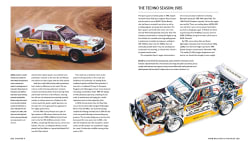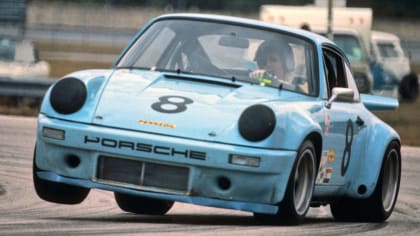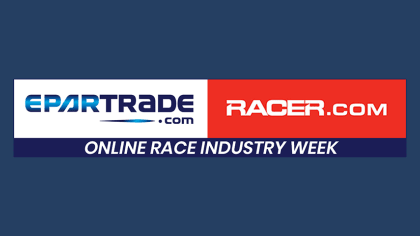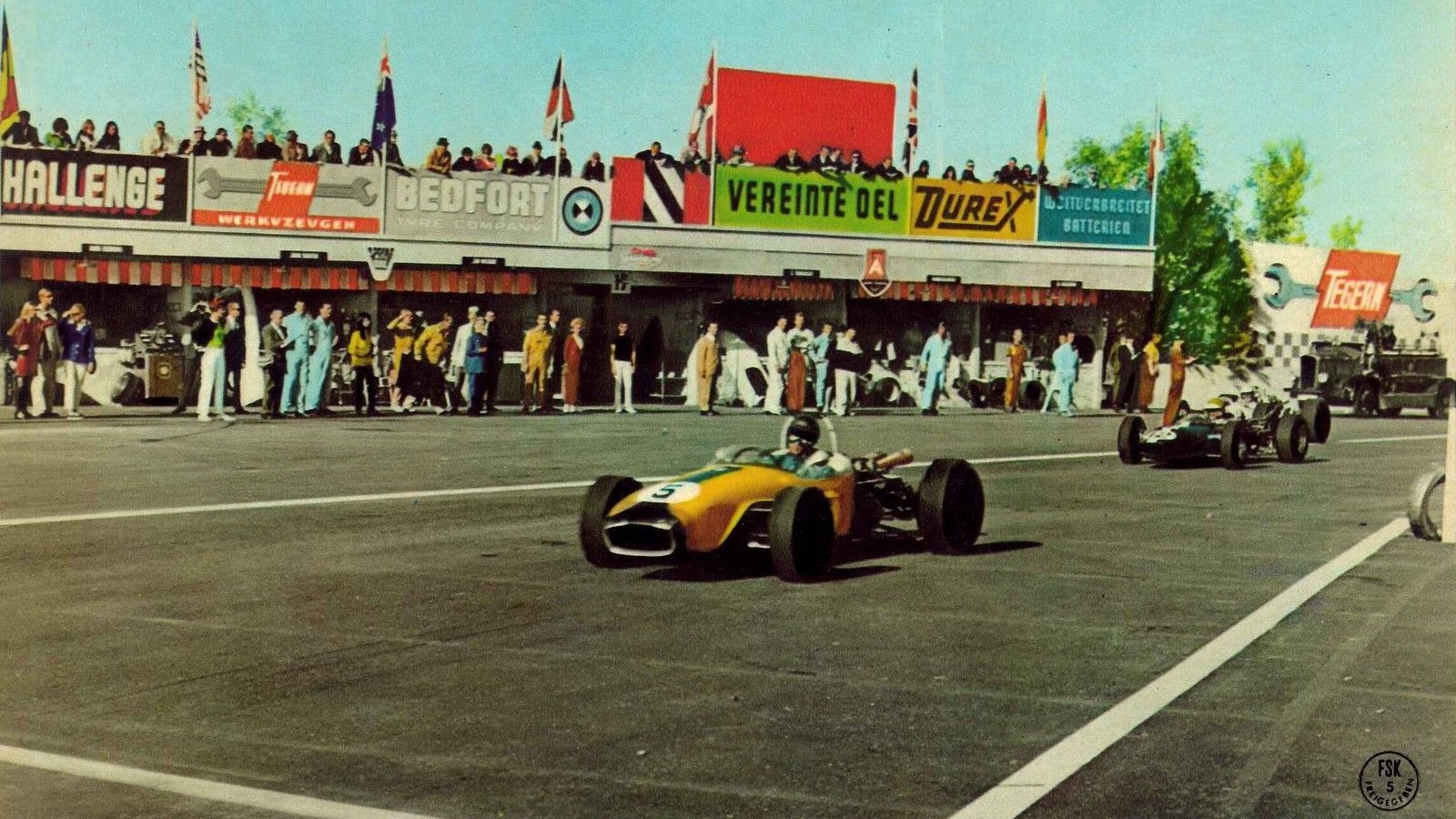50 Years of Exhilarating Nissan Z Performance
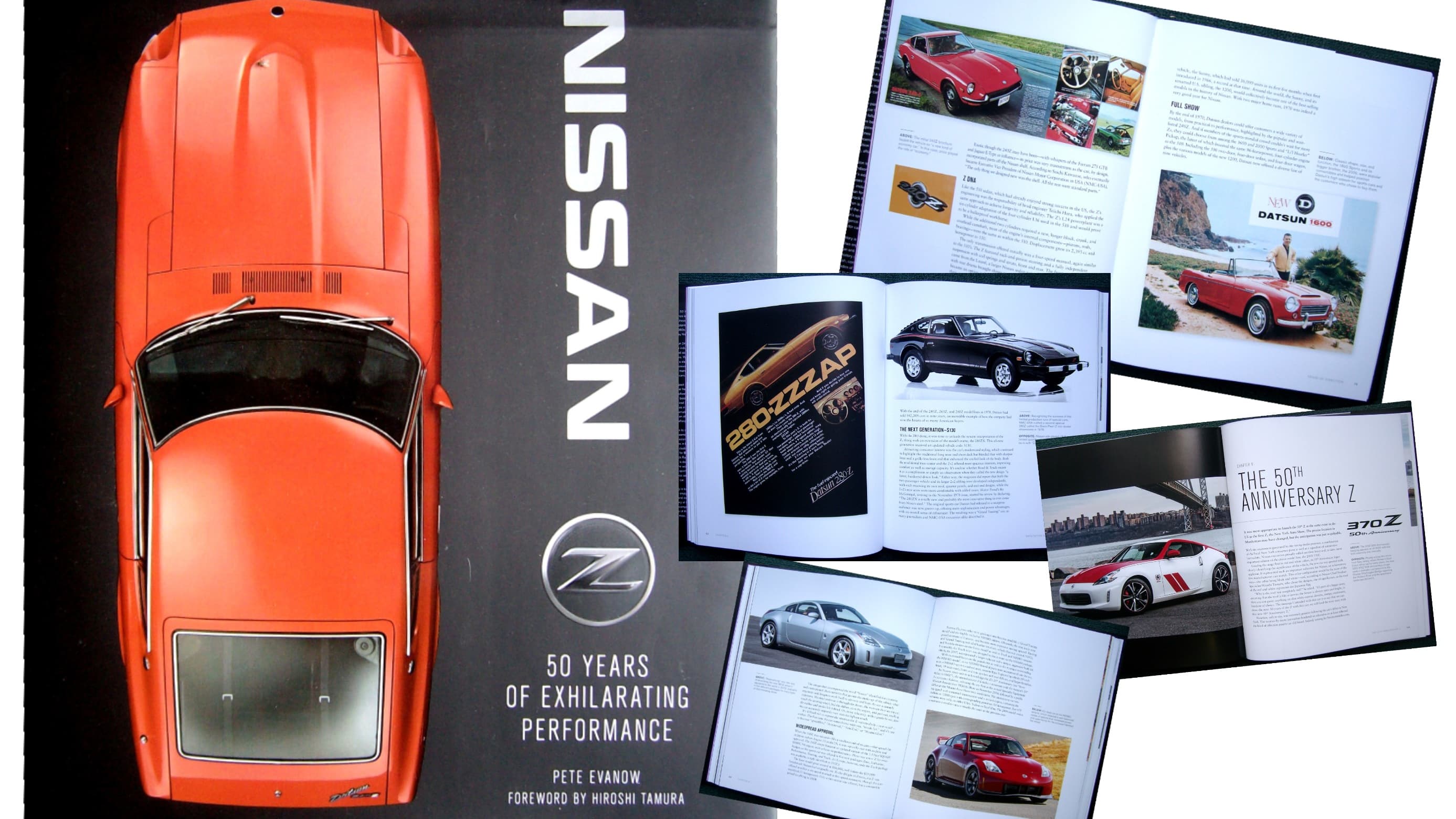
Book Review: Nissan Z - 50 Years of Exhilarating Performance
The LACar #ExtravaganZa kicks off with Part 1: a fantastic book review that covers the semi-centennial legacy of the performance-driven Nissan Z cars.
By Hector Cademartori
Sun, Sep 20, 2020 01:00 PM PST
Title: Nissan Z - 50 Years of Exhilarating Performance
Author: Pete Evanow
Publisher: Quarto Publishing Group
Pages: 176 Hardcover
ISBN#: 978-0-7603-6713-1
Price: $45
This article is a part of
Nissan Z ExtravaganZa
Click to see the collection and all the included articles!
Right up front, I have to say that that title of Pete Evanow’s new book “Nissan Z–50 Years of Exhilarating Performance” is somewhat misleading ... By that I mean that the occasional browser might assume that this book is simply a myopic view of the legendary Nissan Z-cars, filled to edge-to-edge with mind-numbing lists of obscure figures and specifications.
You know … like how many cars came to the US on ships with names starting with vowels and how many with consonants, who bought the first Z of each model in every state and a separate column with owners by car color and ZIP code. And you know that we’re not exaggerating, dear reader… I’m sure that we both have seen (too many) books like that … But in this case, Evanow’s book is far more than its title. He uses the Z-car’s story to explore many other areas of the history of Nissan, the Japanese car industry in general, and their presence in the United States.

Along the way this forthright author exposes thorny issues affecting California and specifically the greater Los Angeles area. As an example, and under the subtitle “The Corporate Citizen”, he writes:
"Running a business in Southern California is expensive, cost of living in the state is higher than just about anywhere else, save New York City. As Nissan’s corporate accountants looked for ways to cut expenses in all departments in all corners of the world, it started to make sense to do something proactive and on a massive scale, such as move the entire operation to a less expensive location. After studying how to eliminate certain costs and concurrently improve efficiency and how its US headquarters might fair in other North American cities, it was decided that Tennessee, whose governor had successfully wooed Nissan executives with tax breaks and other incentives, would become the automaker’s new home. (Even better, there was the benefit of no state income tax and a predicted 44 percent reduction in business expenses)”.
That sounds like a good deal, even considering the fact that it would be a longer drive to the beach(!).
In 2008, Nissan moved to their new headquarters in Franklin, Tennessee, leaving behind the tall 9-story building that had become something of an icon at the corner of the 110 and 405 freeways. Ironically located just a few blocks East of another giant from Japan: Toyota Motor Sales which (by the way), for the same reasons as Nissan, chose to leave Torrance for Plano, Texas some 10 years later, they too leaving behind a sprawling corporate campus that they had called home since 1982.
The book also mentions that, in order to further strengthen its ties to Nissan, (which holds a thirty-four percent stake in the parent company), Mitsubishi Motors North America recently announced that it too will be relocating its Southern California headquarters to the Nashville area.
Other chapters in this book cover the ground-breaking 240Z Fairlady, the Nissan roadsters, trucks and more. There’s an interesting section that talks about John Parker, Nissan’s USA first advertising company, and that even go further back in history to give the reader a colorful and wide angle view of the company who introduced the (as one Nissan-Japan executive thought the “240Z” sobriquet meant:) “24-Ounce” in 1969.
The good news here is that there’s plenty of fun and marque-heavy fortification for the Z enthusiast. Every Z model, special editions, customs, show cars, and the JDM (Japanese Domestic Market) machines are covered in detail. There’s also ample coverage of some the main characters of this story: Mr. Yutaka Katayama, (otherwise and forever known as “Mr. K”) as well as Mr. Soichi Kawazoe, the first two principals of Nissan USA.
Chapter Three covers Datsun/Nissan’s very successful motorsports endeavors, from Peter Brock’s legendary BRE team and the Bob Sharp/Paul Newman duo on through to the GTO 300ZX and all-conquering IMSA GTP prototypes.
Evanow’s thoughts on the modern era covers the design and development of both the 350 and 370Z. In his chapter entitled: “The Car Hobby Culture” one finds a wonderful variety of custom machines, clubs, festivals, meets, and shows, like the very popular Japanese Classic Car Show that’s been held in Long Beach for the past 15 years. It’s all there and all part of the information about the on-going celebration of the redoubtable Z.
The last two chapters here deal with the 50th Anniversary 370Z and the efforts to connect it with the glorious past along with the future of the brand and the company ("... it was most appropriate to launch the 50th Z at the same event in the U.S. as the first Z, the New York Auto show”- writes Evanow).
This is not the first Z book from this author who has a long history in the world of Nissan, having written “Z-35 Years of Nissan Sports Cars”, some 15 years ago as the title suggests. A must for Z and car enthusiasts in general, this new book, filled with good photographs, has the horsepower to make any reader (even a long-time, card-carrying member of the Datsun brotherhood like me) raise an eyebrow and say:
“Whoa, I didn’t know that!” ...and really mean it.
About The Author

Hector Cademartori honed his racing art in Buenos Aires. In 1983, he left his job with Corsa Magazine in Argentina and moved to Southern California to specialize in motor racing art. Today, you can find Hector’s art on Indianapolis 500 Yearbook covers, Laguna Seca Raceway, Auto Club Speedway and Carrera Panamericana posters, the NHRA, foreign and domestic automobile and motorcycle magazines, motorcycle manufacturers, Toyota Motorsports, TRD and Lucas Oil. Hector races his 1973 Datsun 240Z “Ferratsun” around the So Cal circuits, and a 1991 Volvo 740 Wagon with the 24 Hours of LeMons.

